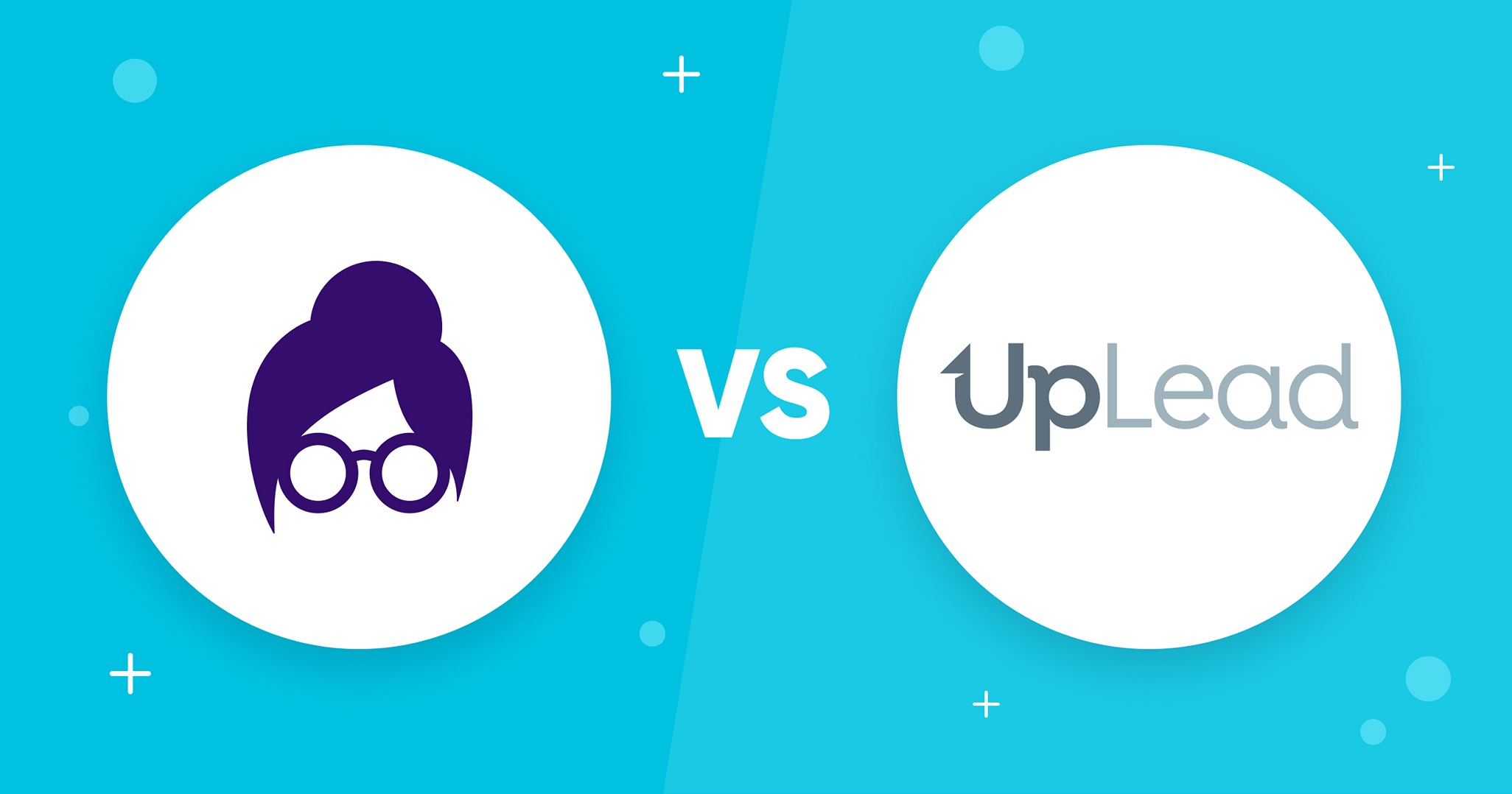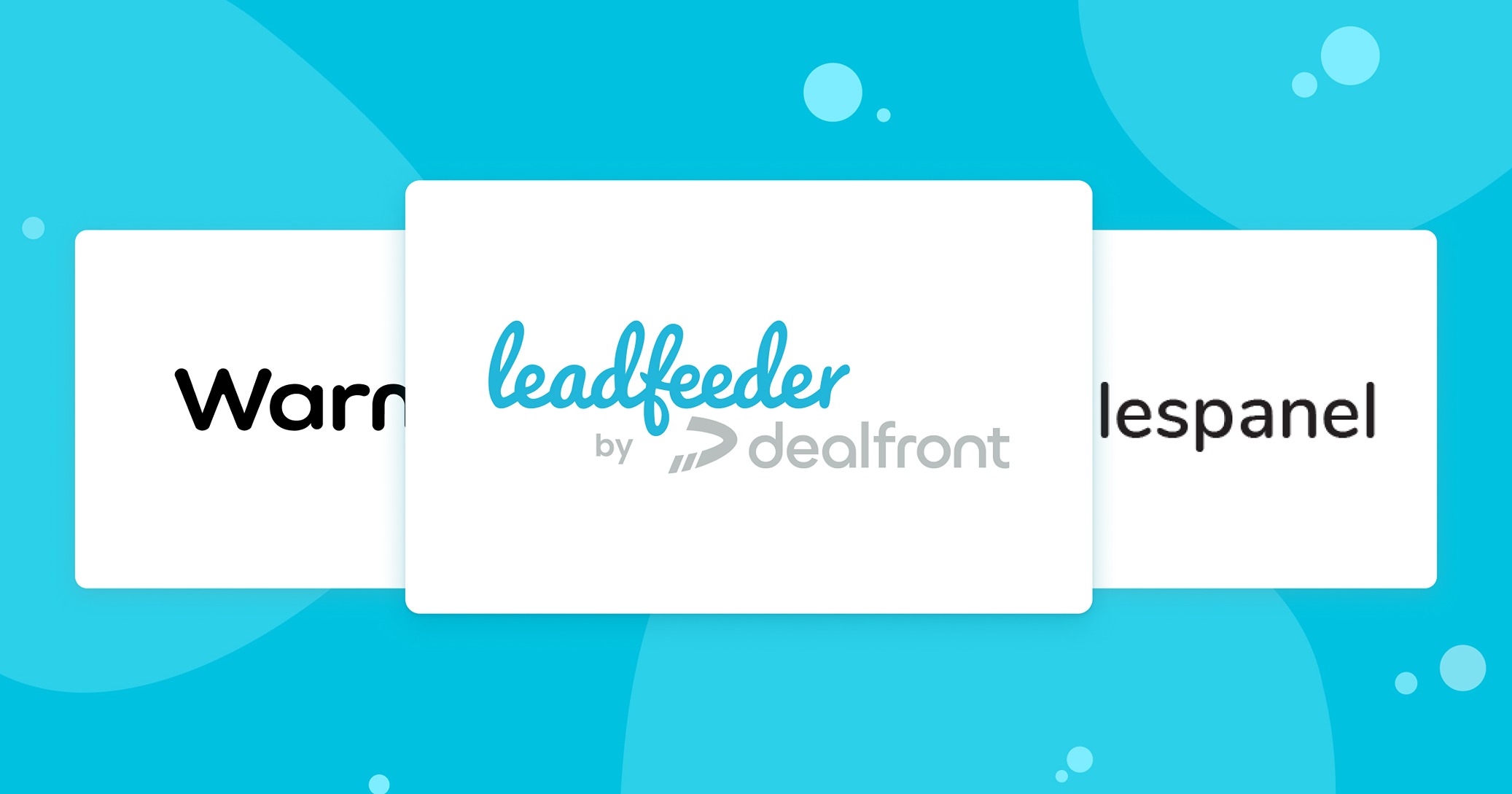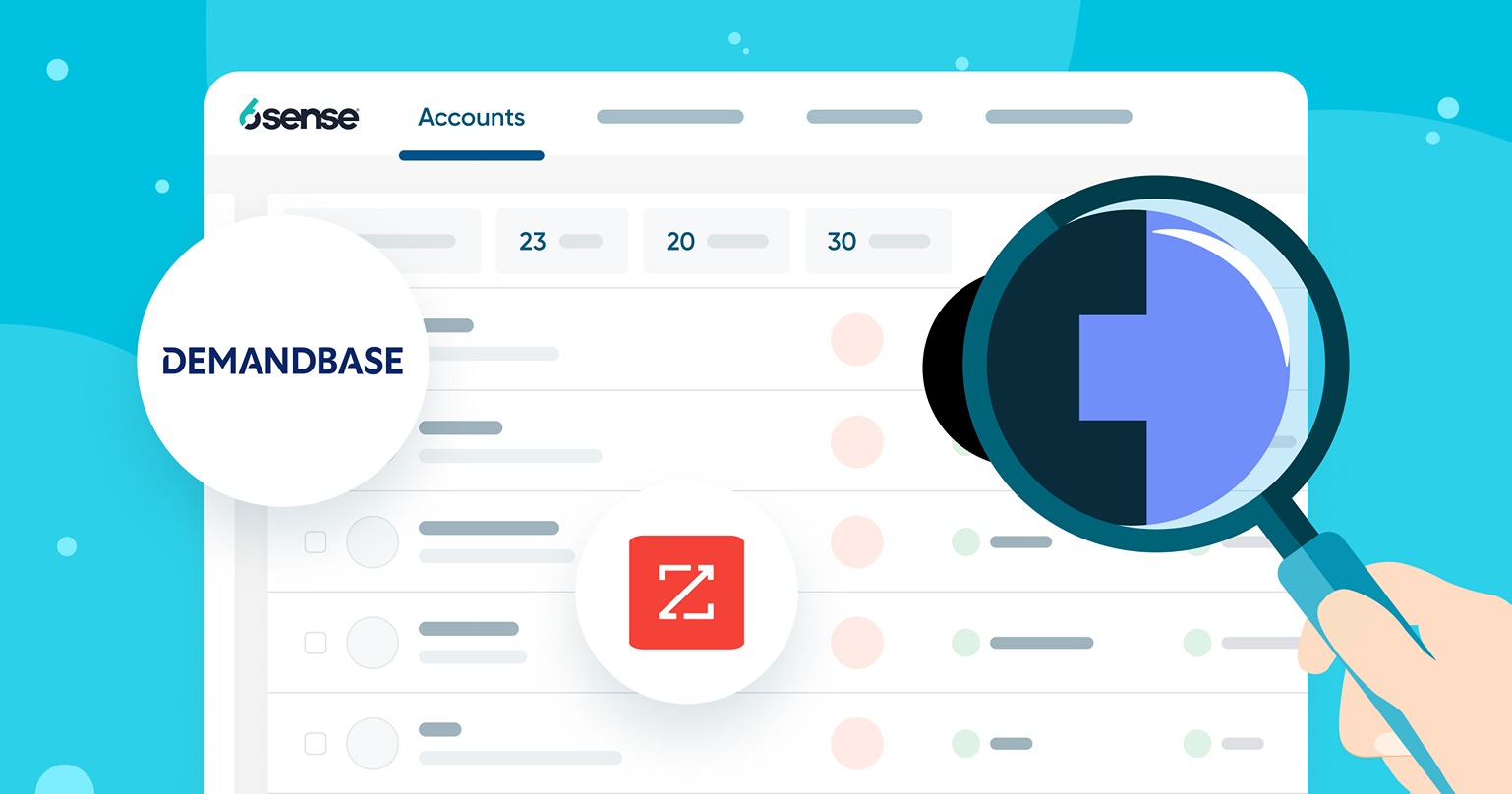Sales Development Representative (SDR) teams spearhead customer acquisition through targeted outbound outreach. Follow these proven best sales practices to grab attention in crowded inboxes, build better relationships faster, and achieve breakthrough sales results from cold contacts that convert to long-term customers.
📌 Reminder: At times, the lack of replies to your cold emails is not because of your copy. Your list matters too. Target only prospects with verified emails. Try UpLead and get 5 free validated B2B emails!
7 SDR Outreach Best Practices That Make a Difference
Implementing targeted improvements to your outbound process, no matter how small, compounds over time into exponential gains in pipeline growth and revenue. Consistently optimizing SDR initiatives separates good teams from great ones able to open up new markets.
Adhering to the following playbook will empower your sales rep team to cut through the noise in prospects’ crowded inboxes to deliver value that sparks meaningful dialogue.
1. Focus on Verified Contacts
The foundation of a successful outreach team begins with accurate first-party contact data. Yet most teams compromise outreach efficacy right out the gate by working from outdated or invalid lead lists.
Using unverified contact info tanks deliverability while fostering distrust once connections eventually occur. Bad data wastes countless hours in the fruitless pursuit of wrong numbers, switched roles, and spam traps.
A Pew Research Center review of U.S. government statistics reveals that, between April 2021 and March 2022, an average of 2.5% of employees, equating to roughly 30% annually, changed jobs each month — while emails and direct lines change even more frequently. Relying on aged or second-hand contact datasets means you might as well be emailing into the abyss.
Platforms like UpLead help sales reps start off on the right foot by providing direct access to current org charts with confirmed email addresses, mobile numbers, and updated titles. That way you won’t be spending resources targeting wrong outbound leads.
Drawing from a pool of over 155 million professionals worldwide, you can pinpoint priority leads in your territory to drive conversations with those that matter most. Verified lead data minimizes wasted motions, connecting you to the exact decision makers and budget approvers who can greenlight deals and speed up your sales funnel.
Getting contact information right from the start helps book more meetings sooner by reliably reaching the right people. Meetings are what your closers need to seal deals, so quality contact data indirectly yet massively impacts revenue and business opportunities.
2. Understand Your Buyer Persona
Now that your list targets legitimate contacts who can buy, the next priority becomes sending content catered to their specific customer profile. One message does not fit all titles, industries, or roles, so personalization is vital even amidst massive outbound volumes.
Forward-thinking SDR managers shape overarching narratives that target accounts can relate to, integrating dynamic customization for relevant departments and seniority levels that experience those issues daily.
Start by outlining 3-5 core buyer personas through research. Paint a vivid picture of their leadership level, team size, typical pain points and goals, processes and technical stack, and preferred communication style.
For example, an enterprise CTO has an entirely different frame of reference relative to a 20-person startup CTO. Building rapport requires speaking to their differing realities – large IT budgets or duct-taped infrastructure, expansive development teams or solo coding marathons, etc.
UpLead provides client profile templates to split contacts into groups, matching identified profiles for alignment. Tag each persona to automate messaging streams tailored to their worlds, integrating niche use cases and case studies they connect to.
Dynamic personalization technology inserts custom details like their name, company, role, and related pain points identified during research to grab attention amidst overwhelming outreach noise.
Depending on seniority, rounding out personas with channel preferences for emails, phone, LinkedIn, etc., also allows routing customized plays adjusted per type of prospect. Overall response rates directly correlate to personalization quality leveled up through buyer personas.
3. Leverage Quality Templates and Scripts
Now that you are reaching key decision-makers with tailored messages, the next priority becomes conveying value quickly through world-class content.
Building templates from scratch for outbound communications is extremely time-consuming. Yet quality templates have an immense influence on optimizing campaign effectiveness — a quality cold email or call script can improve effectiveness by up to 10%. Developing compelling email, voicemail, LinkedIn, and call verbiage to penetrate crowded inboxes gives your sales team a consistent playbook for success.
UpLead curates thoroughly researched subject lines, body content, visual styles, and attachments optimized specifically for sales outreach across dozens of popular verticals. The platform’s data-driven framework delivers response-boosting email and phone messaging to shorten your sales cycle with best-in-class sales email templates.
4. Optimize Your Sequence
Now that your verified contacts receive tailored communications, leveraging automation tools ensures repetition, critical for sales progression, especially among unresponsive prospects.
Stepped cold email sequences that follow up across multiple channels prevent leads from falling through the cracks by staying top of mind through sustained visibility. Automated yet personalized drips make touches feel like quality one-to-one communication.
Start scheduled sequences by aligning messaging to the length of typical sales cycles. Complex deals with long close times may progress over months, whereas short-cycle transactions close in weeks.
Script multi-channel follow-ups via emails, calls, and social touches interspersed appropriately for deal velocity – reminders every few days for high velocity vs relaxed quarterly nudges on long sales processes.
Structure sequences promoting essential offers based on content consumption patterns. Reach decision makers through channels they prefer and pivot to new platforms upon getting initial responses.
Set expectations upfront by communicating the next steps so potential prospects know what to anticipate. Position your offering as low risk to move opportunities forward.
Overall, leveraging automated sequence workflows ensures the sales rep team stays laser-focused on best-fit opportunities while sustaining a top-of-mind presence, driving higher conversion rates over time through orchestrated nurturing.
5. Segment Prospects to Scale Personalization
Maintaining personalized messaging across continuously expanding outbound targets and sales team headcount can prove challenging.
As a high-performing business development representative or SDR team, conducting outreach organizationally is important. Tag contacts based on attributes like role, seniority level, industry, technologies used, and business model to group similar profiles. Build segment-specific messaging mapped to each cohort’s prerequisites.
This allows playing unique value propositions and case studies and offers matches to each subset for contextually relevant points that resonate more.
Integrate dynamic fields to auto-populate custom details even at scale. Set rules triggering targeted follow-up streams based on propensity signals like email opens.
Monitoring campaign metrics by segment indicates the best-performing messages to double down on. Continuously tweak the language and offer to address different groups to optimize response rates across clusters.
Even large enterprises maintain relevancy and quality relationship building through segmentation strategies facilitating tailored value communication.
6. Set Daily KPIs
SDR managers need visibility into activity, translating to optimum output to maximize effectiveness.
Leading indicators drive future results, so capturing daily key performance indicators offers actionable insights to calibrate sales team productivity to hit goals.
Common examples include dials made, emails sent, connections requested, touches per prospect, meetings booked, opportunities created, and pipelines generated. Tie metrics directly to core priorities and meetings to incentivize behaviors for downstream conversion.
Set targets based on rep competency maturing over tenure. Optimize quantities relative to individual strengths by managing calling, messaging, or networking. Continuously monitor data trends to diagnose successes and realign if progress stalls.
As a top-tier sales development representative, reviewing KPIs during weekly one-on-ones is important to check progress, highlight accomplishments, and correct course. Provide additional training as needed to sync expectations.
Daily statistics fuel transparency between marketing, sales leadership, and frontline teams to maximize cross-departmental impact focused on profitability.
7. Always Follow Up
With prospects inundated daily, initial outreach takes an average of 8-12 touches to spark meaningful dialogue. Yet 44% of sales reps give up after a single follow-up attempt. Developing persistence and consistency pays dividends, breaking through eventually.
Do not write off outbound or inbound leads without methodically following up across channels via email, phone, LinkedIn, and ads. Spread communications over several weeks before closing opportunities to resuscitate deals.
Structure reminders for non-responsive contacts at optimal intervals matching typical buying journeys. Insert time buffers allowing for holidays, conferences, or planned absences that temporarily limit availability.
Change messaging angles and highlight different use cases or offerings to pique renewed interest on repeated tries. Adjust targeting as contacts switch roles or departments over time.
Following up done right keeps your brand top of mind during research stages and reminds customers to wait for assistance when ready to progress. The fortune is in the follow-ups, yet too many teams fail to execute.
UpLead is a Must-Have Tool for Sales Teams
UpLead empowers ambitious sales reps to implement scalable outreach, transforming lead generation.
The all-in-one platform centralizes components for outreach success, including:
- Verified leads guaranteeing 95% deliverability
- Intelligent messaging matching ideal buyer language
- Efficient lead generation and integration capabilities with CRM systems
- Response analytics revealing high-converting content
By combining validated contacts, tailored templates, and automatic sequencing,
UpLead lets SDRs focus entirely on selling instead of manual overhead. See for yourself – UpLead offers a forever free version to engage your most valuable prospects. Unlock higher conversion rates from outbound today through a free trial.
FAQs About SDR Outreach
Effectively nurturing sales-qualified leads (SQLs) allows companies to reduce reliance on inbound leads, driving predictable revenue growth. Below are key questions about SDR best practices to set your sales team up for repeated success in closing deals.
SDR outreach refers to outbound prospecting campaigns that identify, initiate, and nurture relationships with new potential customers through emails, calls, social reachouts, and coordination with marketing.
Prospecting includes sourcing promising accounts that fit the ideal customer profile and researching key contacts at target companies to pursue via personalized campaigns pitched to their needs.
SDRs typically target manager-level and higher contacts in departments like IT, engineering, finance, marketing, and operations who experience organizational pain points directly.
A sales development team specializing in net new lead generation, coordinating with marketing to execute high volumes of outbound communications to qualify and convert cold outreach contacts.
While SDRs leverage calls, they focus on advancing substantive opportunities rather than one-off transactions like telemarketers. Sales development reps take a consultative approach and integrate email, social, and market research.
What You Need to Remember About SDR Outreach Best Practices
Laser-focused SDR outreach combines verified contacts, tailored messaging, and orchestrated follow-up sequences for sales conversations that convert. Consistently optimizing research-backed outbound practices compounds into exponential pipeline and revenue growth over time.
📌 Your list matters too. Target only prospects with verified emails. Try UpLead and get 5 free validated B2B emails!









